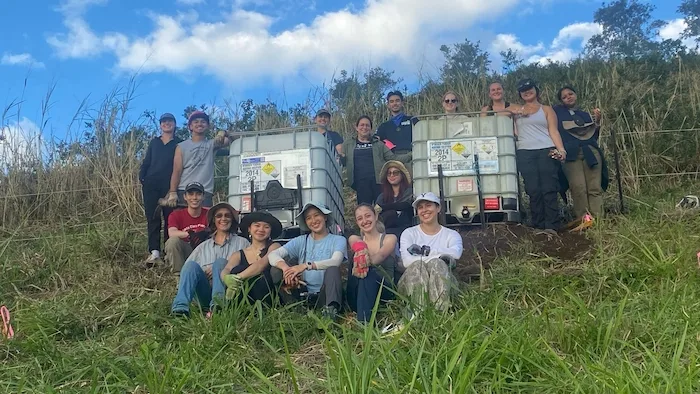
By: Dr. John Kiringe
Directed Research in Kenya
SFS prides itself as an institution that provides undergraduates with unique field-based studies and experiential learning in different parts of the world.
A hallmark of its semester programs is involvement of students in faculty-directed research (DR) for nearly a month. The Kenya Fall 2021 students finalized the field work portion of their DR on November 17th, 2021, and are currently analyzing data, then embarking on a write up of individual DR papers. Some of the students are examining the impact of community conservancies on local livelihoods using focused group discussions and key informant interviews. In the last couple of years, the Amboseli region, where the SFS Kenya center is situated, has seen the proliferation of community-owned wildlife conservancies. The underlying assumption of this conservation approach is that when communities participate in conservation and obtain direct benefits, it will motivate them to conserve and live with wildlife. Faculty and students are therefore examining whether conservancies in the Kimana area of the Amboseli region are benefiting the landowners, and to what extent this is enhancing their livelihoods and wildlife conservation.
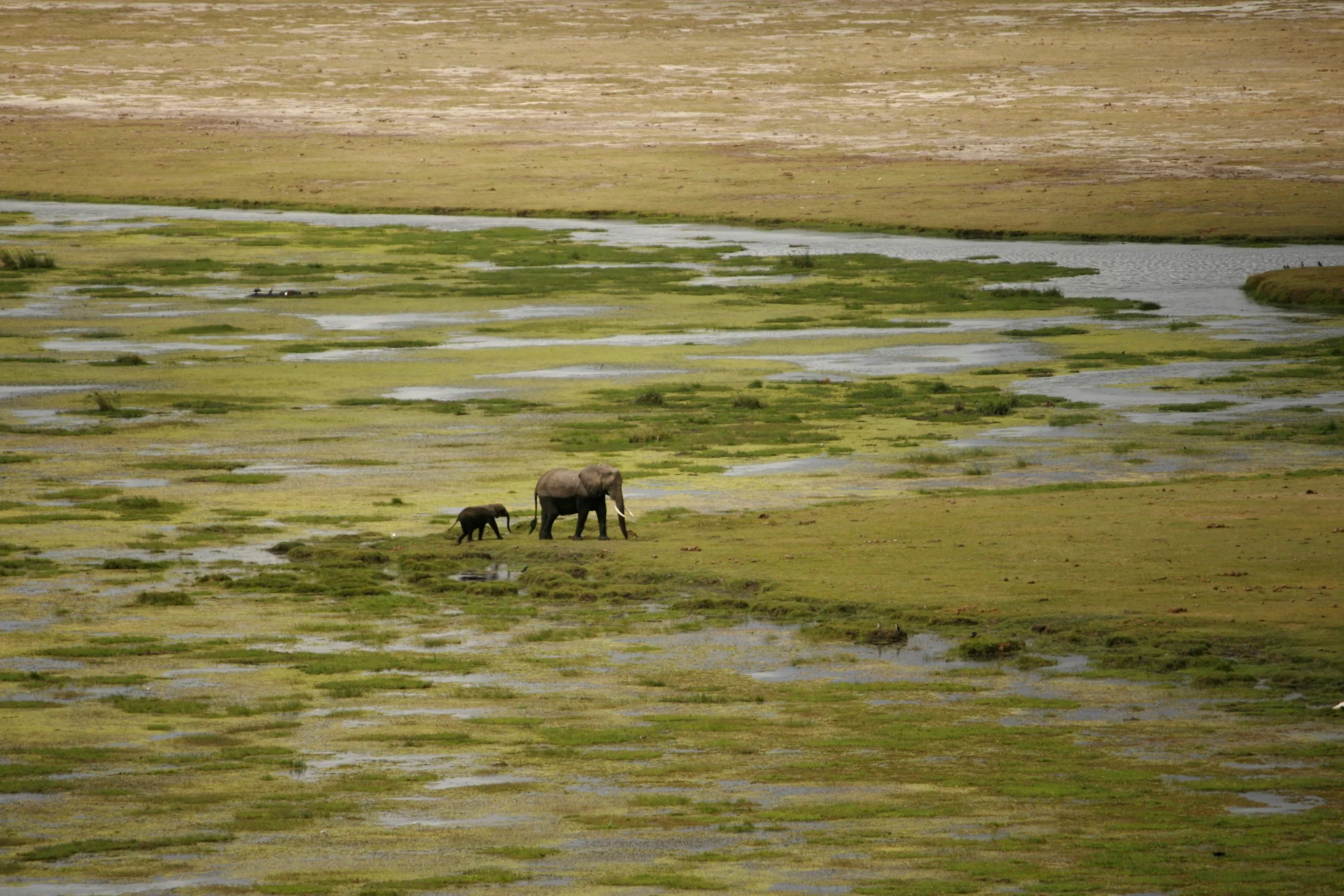
Photo by Emily Cotton.
Another group of students is evaluating ecological threats facing wildlife conservancies in the Kimana area, where most of the community conservancies in the Amboseli region are located. In this DR, students are assessing the extent of human encroachment and land use changes in the immediate environs of the conservancies, and its impact on wildlife resources and ecological viability of the conservancies. A key concern is that uncontrolled farming activities and human development are rapidly spreading and encroaching into critical wildlife habitats, resource areas, wildlife movement corridors, and routes around the conservancies. This is likely to reduce their degree of ecological or landscape connectivity and interfere with key ecosystem functions and processes that are vital in sustaining viable wildlife populations. In this DR, faculty and students collected data on human activities, especially farming and the establishment of structures (e.g., fences, homesteads etc.), using GPS units and range finders. They also identified and mapped key corridors and routes used by wildlife to move between the conservancies and the Amboseli landscape. Students used ArcMap GIS to evaluate the extent of isolation of the conservancies and degree of impediment of wildlife movement.
The fundamental skills that students are learning during their DR work include research proposal writing, designing and executing field-based research, data-collection approach and techniques, data management, analysis and interpretation, spatial mapping techniques, time management, teamwork, and communication skills (verbal and written).
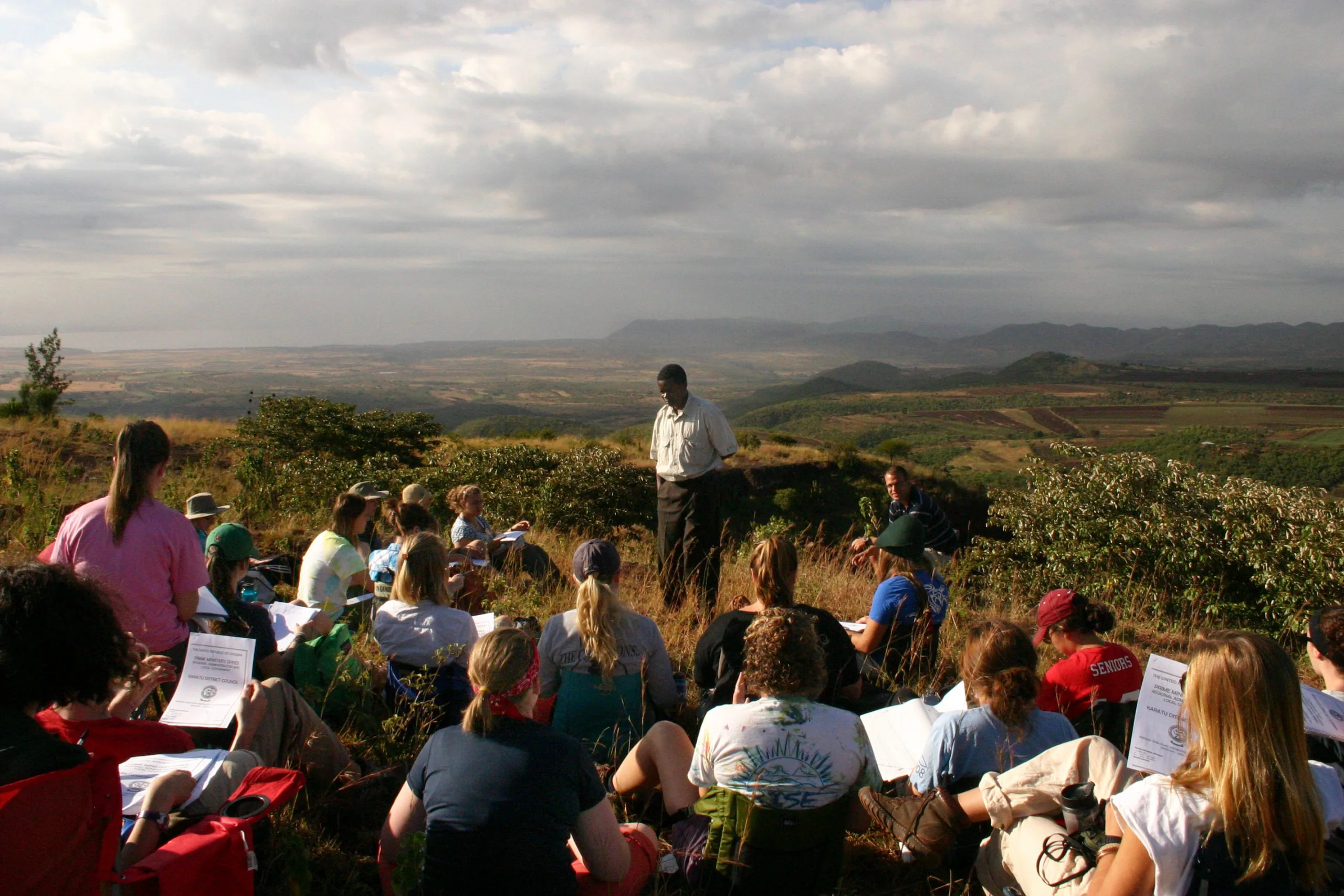
Photo by Alexandra Carr.
_______
Curious to learn a bit more about the SFS Kenya Center? Click here to read about why we’re based there, our environmental research focus, how we connect and support the local community, and even take a tour of the Center.
Related Posts
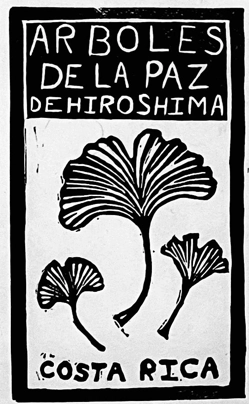
Trees of Peace from Hiroshima: A Time Traveler and Emissary of Hope
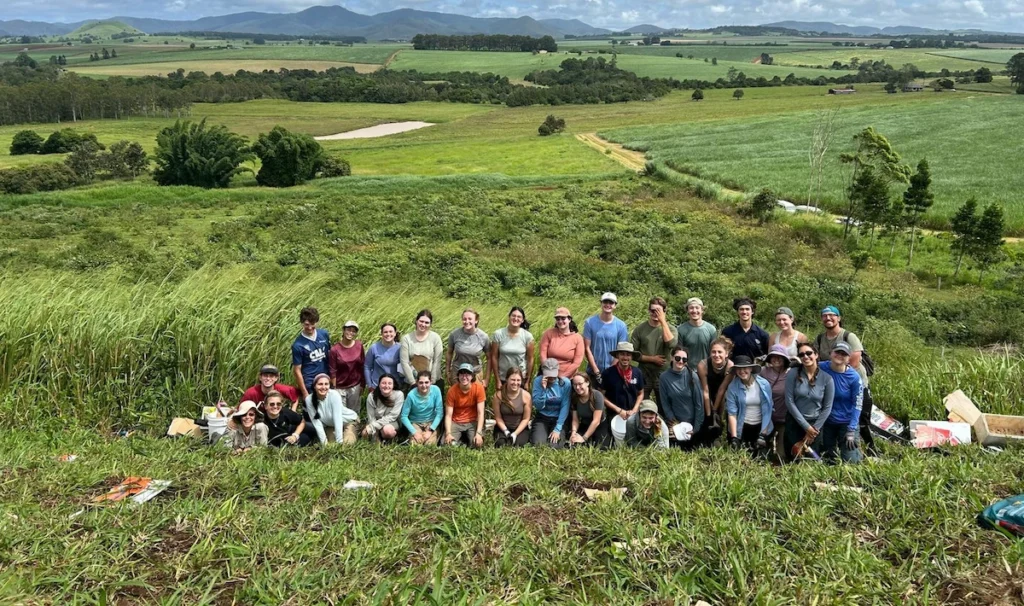
Cinder Cone Chronicles: Lessons from Drought, Data, and Determination
